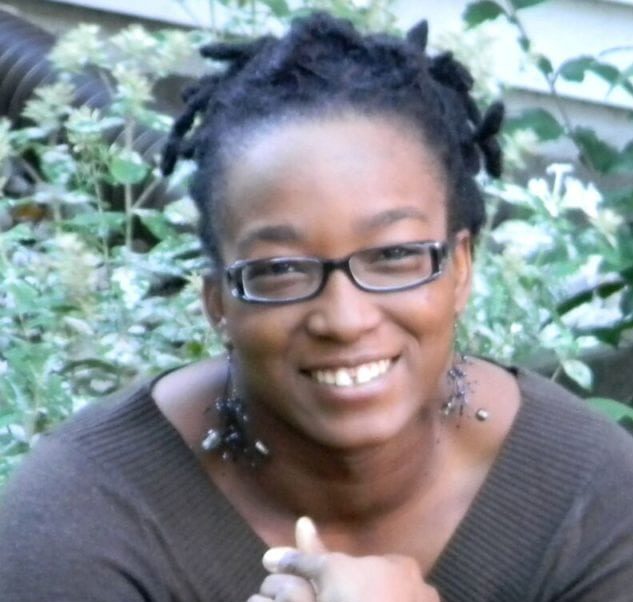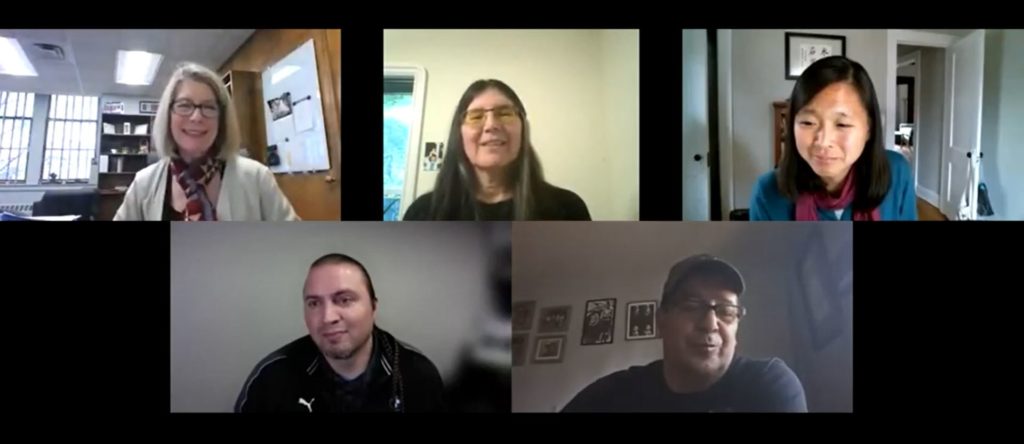
Welcome to the archive of past Moos Family Speaker Series events.
Since 2010, Freshwater and the University of Minnesota College of Biological Sciences have co-hosted a free stimulating lecture series on water and the environment. The lectures, known as the Moos Family Speaker Series on Water Resources, honor the late Malcolm Moos, president of the university from 1967 to 1974. The series brings together influential experts on a broad array of topics and pairs a nationally known speaker with a panel of regional experts. They present the latest research on timely and important issues through an accessible—and often entertaining—presentation.
Fall 2023 - Film Event: UPRIVER
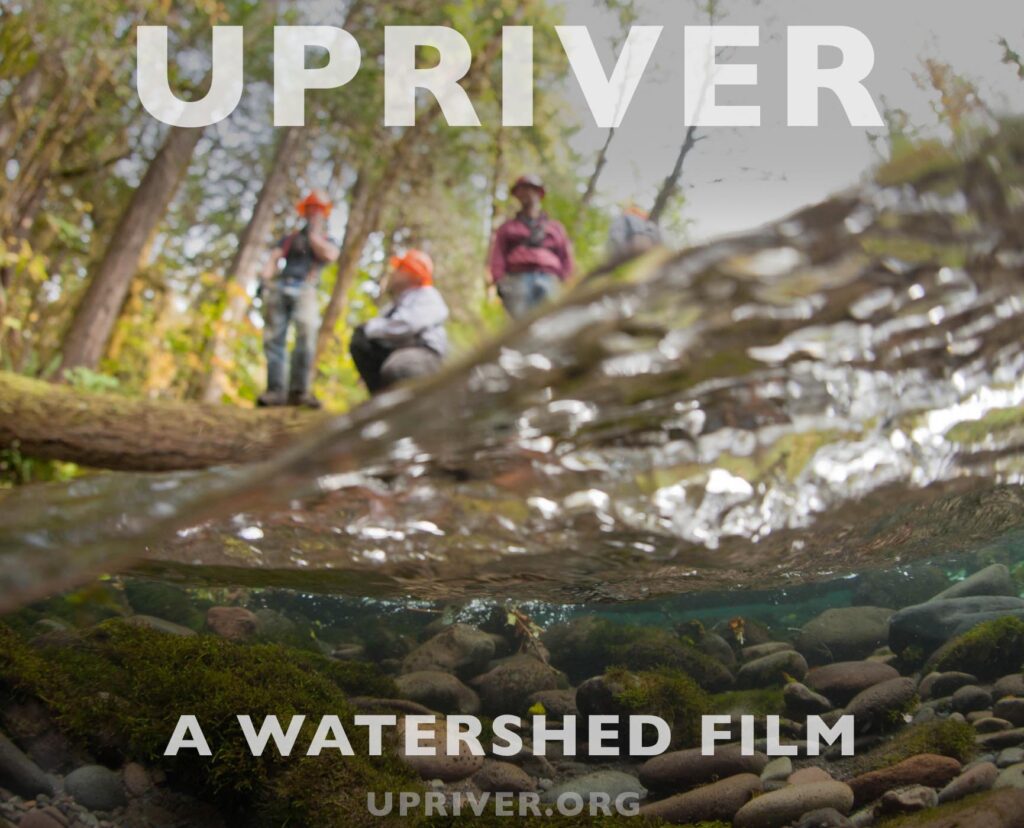
Our Moos film event on December 5, 2023, featured a sold-out showing of UPRIVER at The Main Cinema in Minneapolis. This documentary explores one of the nation’s most active river conservation movements. Within Oregon’s Willamette River system, the film focuses on people from all walks of life who are coming together to revive the health of this large river and the life it supports.
We hope this film inspires new thinking on watershed partnerships here in the Midwest – and how we might creatively share our conservation stories.
The post-show panel discussion included:
- Carrie Jennings (Research and Policy Director, Freshwater)
- Jacques Finlay (Professor of Ecology, Evolution and Behavior, University of Minnesota)
- John Whitehead (Filmmaker, Fretless Films)
- Patrick Moore (Emerging Systems Consulting)
Thank you to our UPRIVER film event sponsors!


Spring 2023 - Dr. Ali & Dr. Singha
Watch "The Critical Zone Part II: Soils are Sponges and Rivers have Livers" recorded Wednesday, Apr. 12th
Dr. Genevieve Ali is an Associate Professor in the Department of Geography and the Department of Earth & Planetary Sciences at McGill University (Montreal, Canada). She studies surface and subsurface runoff processes, as well as water exchanges across the soil-plant-atmosphere continuum in forested and agricultural watersheds. The main thrust of her research is water, sediment, nutrient and biota connectivity in quasi-pristine and human-impacted landscapes. Dr. Ali is the former co-holder of a research chair in watershed systems. She also served as an invited expert to the U.S. Environmental Protection Agency (EPA) Science Advisory Board, and she is a recipient of the Young Scientist Award of the Canadian Geophysical Union. She earned her B.Sc. and Ph.D. in environmental geography from the University of Montreal.
Dr. Kamini Singha is a University Distinguished Professor and the Associate Dean of Earth and Society Programs at the Colorado School of Mines. Her research interests are focused in hydrogeology and environmental geophysics. Dr. Singha is an award-winning teacher, a recipient of a U.S. National Science Foundation CAREER award and the Early Career Award from the Society of Environmental and Engineering Geophysics, a Geological Society of America Fellow, and a former Fulbright Scholar. She served as the U.S. National Groundwater Association's Darcy Lecturer in 2017 and was the AGU Witherspoon Lecturer in 2022. She earned her B.S. in geophysics from the University of Connecticut and her Ph.D., in hydrogeology, from Stanford University.
Thank you to our sponsors:

Fall 2022 - Dr. Anders & Dr. Sullivan
Watch "What is the critical zone?" recorded Wednesday, Nov. 9th
Dr. Alison Anders, Univ. of Illinois Urbana-Champaign focuses on anthropogenic influences on landscape evolution. Her active areas of research include analysis of sediment sources and fluxes in agricultural landscapes in the Midwest where glacial geology and geomorphology form the template for the current state and future evolution of the CZ. She will highlight the importance of hot spots in the critical zone including the near surface, root zone and river corridors.
Dr. Pamela Sullivan, College of Earth, Ocean, and Atmospheric Sciences at Oregon State University. Pamela is an ecohydrologist who focuses on how groundwater storage and quality is affected by land cover and land use. Her work in Kansas grasslands and montane wetlands expands our understanding of processes across different biomes.
Critical Zone (CZ) – the zone at Earth's land surface extending from the top of the vegetation canopy to the depths of groundwater. The critical zone supports terrestrial life through complex interactions between water, soil, rock, air, and life near Earth's surface, but humans have accelerated its erosion by nearly 10-fold in parts of Minnesota.

Earth's critical zone. Kumar, Praveen, Phong VV Le, AN Thanos Papanicolaou, Bruce L. Rhoads, Alison M. Anders, Andrew Stumpf, Christopher G. Wilson et al. "Critical transition in critical zone of intensively managed landscapes." Anthropocene 22 (2018): 10-19.
Thank you to our sponsors:
Headwaters
![]()
Great Lakes

Great Lakes
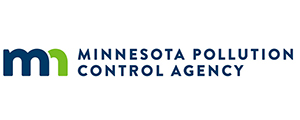
River Keeper
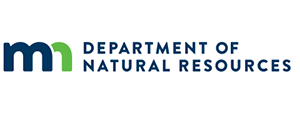
Spring 2022 - Dr. Janice Brahney
Watch "Why is it raining plastics?" recorded Wednesday, April 13
Dr. Janice Brahney is an associate professor at Utah State University. She received her doctorate in environmental biogeochemistry from the University of Colorado, Boulder, and holds a master’s degree in earth science and a bachelor’s degree in environmental science, both from Simon Fraser University in Burnaby, Canada.
Her research sits at the intersection of atmosphere and earth, focusing on how the atmosphere is a pathway for materials to enter surface waters, as well as the cause, effect, and mitigation of water quality impairment.
Much of Brahney’s work has produced results with far-reaching implications for policy, land-use regulation, and ecosystem monitoring.
Her research has been featured in The New York Times, The Washington Post, National Geographic, Scientific American, and NPR, and she has been a guest on several podcasts including Big Picture Science and Quirks and Quarks. Brahney is currently an associate editor for Freshwater Science.
Where are atmospheric plastics coming from?
Microplastics are raining down from the sky
By Janice Brahney
Microplastic waste has become so prevalent in the environment that it is being picked up and transported by the wind and the rain. We linked plastic fallout rates with air-mass movements to understand where plastics are coming from, how far they are travelling, and how much of them is raining out of the sky. Continue reading in the Science Breaker.
Opinion: You're probably inhaling microplastics right now
By Janice Brahney
Panelists
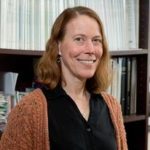
Elizabeth Minor
Dr. Elizabeth Minor, a professor at the University of Minnesota-Duluth, holds a doctorate in marine chemistry and geochemistry. Minor joined the Large Lakes Observatory in 2005, and her research is about carbon cycling in aquatic systems.
Minor looks at the organic material that gets eaten in lake systems, the inorganic carbon released by respiration and fixed with photosynthesis, and how that inorganic carbon acts as a buffer stabilizing pH against inputs of acids (such as acid rain or acidic mine waste). In studying natural organic matter in these systems, she also found unnatural organic matter—in other words, microplastics. Since then she has also been working to characterize microplastics in the water, fish, and sediments of lake systems.
Researchers have found plastic microfibers in water, in sediment, and in fish stomachs, but they're still investigating what happens next. Minor and her lab group are working to measure the amount of smaller plastic particles in the environment so that toxicologists can use the data in their studies.
Read more about Minor and her work in this recent blog post.
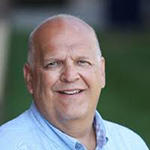
Wayne Gjerde
As the recycling market development coordinator with Minnesota Pollution Control Agency, Gjerde consults with startup and expanding companies in the areas of finance, new product development, business plan development, sales, and marketing. Gjerde has also done extensive work in economic analysis linking the environment and economy, and spoken at many local and national recycling events.
Gjerde has more than 40 years of experience in market development, financial analysis, banking, new business start-ups, sales, marketing, new product development, customer service, consulting, business development, extended producer responsibility, and management. Gjerde has worked in the private and public sector, and is a current board member of the National Recycling Coalition.
Wayne earned his Bachelor of Science in business administration at St. John's University-Collegeville, Minnesota. He also has attended the Minnesota Bankers Commercial Lending School and Robert Morris Associates Commercial Lending School.
Sponsors
Riverkeeper
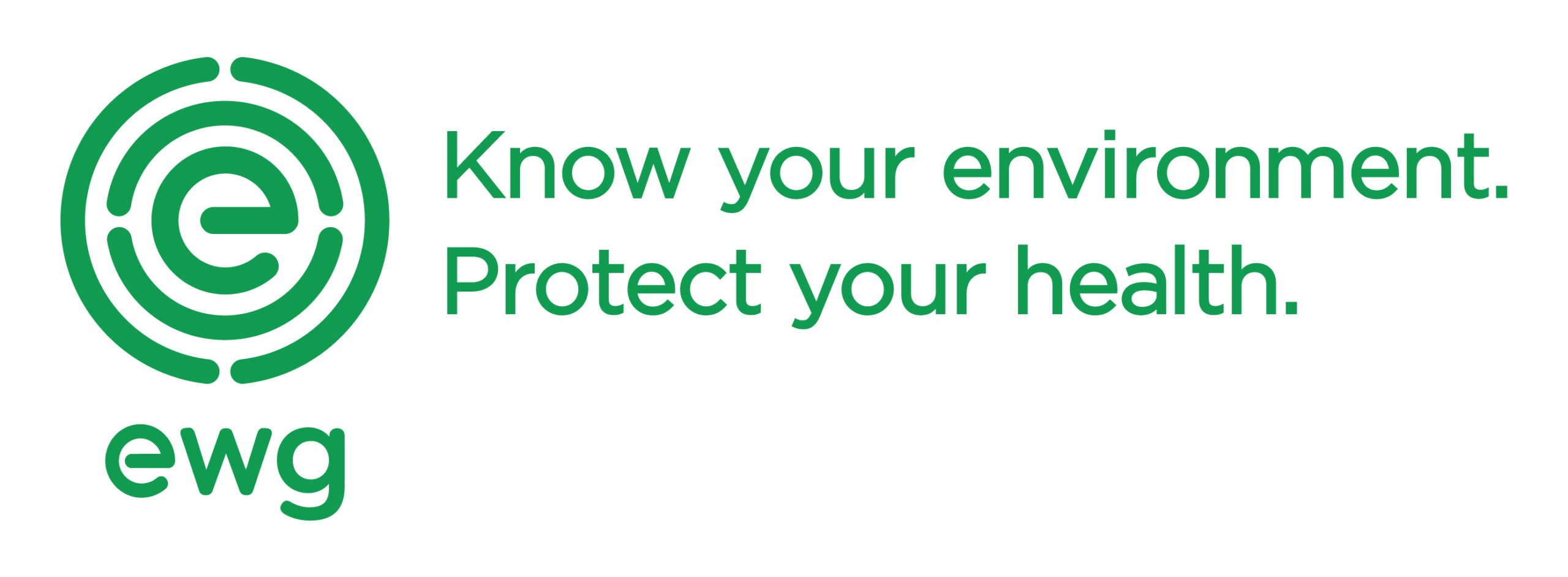

![]()
![]()

Wavemaker
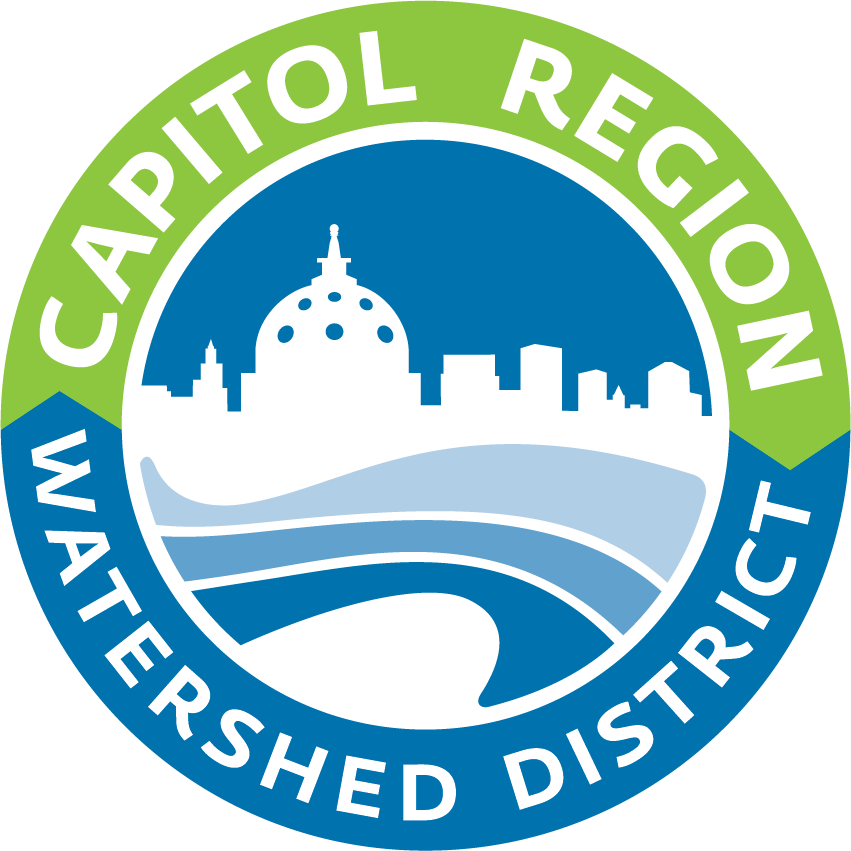
Fall 2021 - Dr. Deborah McGregor
This virtual lecture was held Wednesday, Nov. 17.
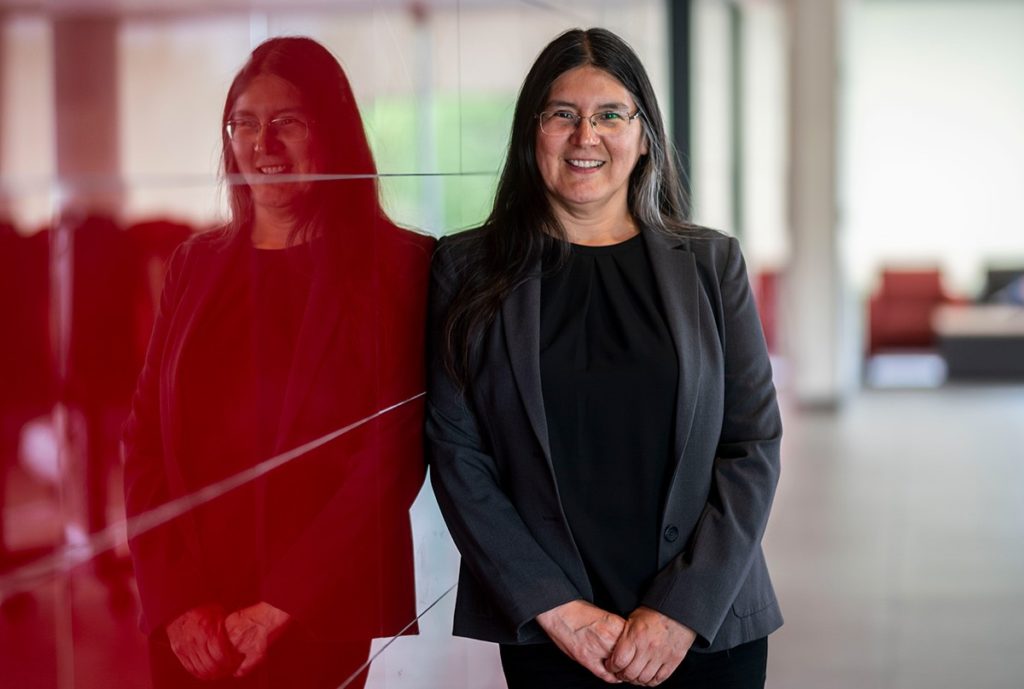
The talk title is, "Indigenous participation in Great Lakes governance: an environmental justice perspective."
Deborah McGregor holds a doctorate in forestry from the University of Toronto, as well as a master's degree in environmental studies from York University and a bachelor of science in psychology from the University of Toronto.
Currently at York University in Ontario, McGregor is joint faculty with the Osgoode Hall Law School and Environmental Studies & Urban Change, and is associate professor and Canada Research Chair in Indigenous Environmental Justice.
Her research has focused on Indigenous knowledge systems and their various applications in diverse contexts including environmental and water governance, environmental justice, health and environment, climate change and Indigenous legal traditions. Prior to her position at York, she worked with Environment Canada with a focus on the Great Lakes.
Native American Heritage Month
We're lucky to have this event fall during Native American Heritage Month, which recognizes Indigenous peoples' knowledge, history, and culture. This talk would not be possible without Indigenous expertise and lived experience that change how we tackle environmental issues.
Dr. McGregor and other speakers’ dedication to building on Indigenous knowledge systems and legal traditions helps all of us to shift and be better able to prevent and work against environmental injustices that will deprive Indigenous and non-Native populations’ access to clean water and healthy lands and wildlife for generations to come.
Give to the Max
The event also corresponds with Give to the Max day in Minnesota, when thousands of people donate to their favorite charities and causes. While Freshwater welcomes your support, we encourage you to support an Indigenous organization this year.
Here are several organizations Freshwater has either enjoyed trainings from or hopes to partner with for our work. These would be great choices for your Give to the Max contributions!
Dream of Wild Health: "The mission of Dream of Wild Health is to restore health and well-being in the Native community by recovering knowledge of and access to healthy Indigenous foods, medicines and lifeways."
Indigenous Peoples Task Force: “The Indigenous Peoples Task Force strengthens the wellness of our community in a way that is based in indigenous values and ways of knowing.
Lower Phalen Creek Project: “Native-Led, East Side environmental conservation nonprofit.”
Native Governance Center: “Native-led nonprofit dedicated to assisting Native nations in strengthening their governance systems and capacity to exercise sovereignty”
North American Traditional Indigenous Food Systems: "Our mission is to promote Indigenous foodways education and facilitate Indigenous food access."
Panelists
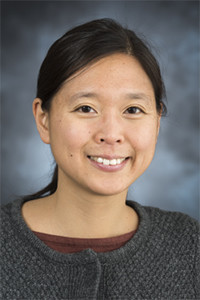
Gene-Hua Crystal Ng, Ph.D., is an assistant professor at the University of Minnesota's Department of Earth and Environmental Sciences. She says, "I'm interested in how different aspects affecting the hydrologic cycle—including the atmosphere, plants, soil, microbial activity, and geochemistry—interact with each other. Understanding the links between these elements helps us explain how the environment will respond to changing conditions, including impacts of climate change, land use, and contamination."
Crystal received a community engagement award in recognition of her collaboration with tribal community partners on the "First We Must Consider Manoomin Project."
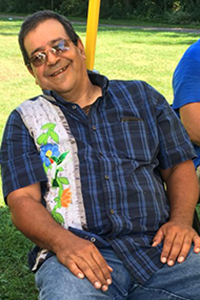
William "Joe" Graveen is a program manager with the Lac du Flambeau Band of Lake Superior Chippewa Wild Rice Cultural Enhancement Program and a tribal council member for the Lac du Flambeau Band of Lake Superior Ojibwe. Joe recently partnered with a team of researchers, including Crystal, to study the decline of wild rice.

Bradley Harrington is the tribal liaison for the Minnesota DNR where he coordinates the Tribal Consultation process. Bradley comes from the Mille Lacs Band of Ojibwe located in Central Minnesota, and was born and raised on the Mille Lacs Indian Reservation. He is a lifelong student of Ojibwe language and culture and has studied at Fond du Lac Tribal and Community College, Central Lakes College, the University of Minnesota (Twin Cities and Duluth), Native Nations Institute at the University of Arizona Tucson, and the Native Governance Center. He has received certification from the Native Nations Institute, the Blandin Foundation, the Federal Emergency Management Agency, and White Bison/Wellbriety. He has facilitated activities at the Tribal/State Relations Training relating to Ojibwe language and culture, treaties and federal Indian law.
Sponsors
Great Lakes

River Keeper



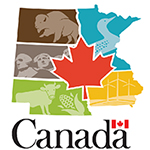
Spring 2021: The Global Problem of Pharmaceutical Pollution

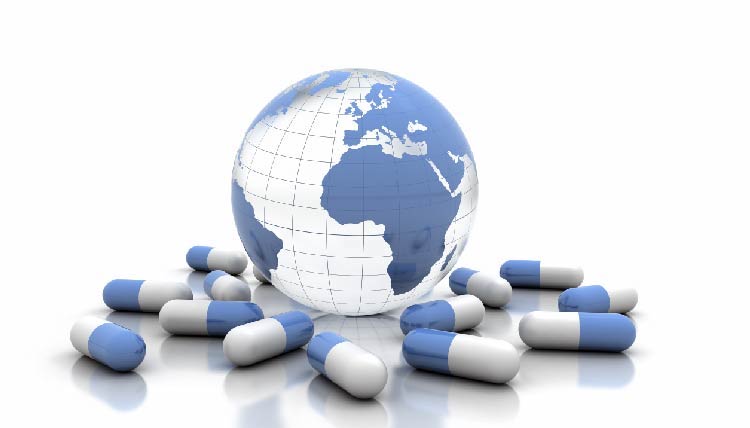
Featuring Dr. Alistair Boxall, environmental science professor in the Department of Environment and Geography, University of York, United Kingdom.
Based in the United Kingdom, Dr. Boxall's world-renowned research focuses on the emerging and future ecological and health risks posed by chemical contaminants in the natural environment. In this talk he addresses the issue of pharmaceuticals in the environment.
Boxall regularly advises national and international organizations on issues relating to chemical impacts on the environment and has been crunching the data from a recent global monitoring study. They measured 61 drugs in watersheds in 105 countries, providing a broad range of data.
After his talk, Boxall was joined by a panel of experts in Minnesota, Mark Ferrey of the Minnesota Pollution Control Agency and Eva Carlson, director of University Relations for RoundtableRx to hear the extent of the problem here at home and how it is being addressed.
There were great questions submitted during the webinar and Boxall took some time to respond to those we couldn’t address live. Here are his responses and a list of additional resources.
Panelists
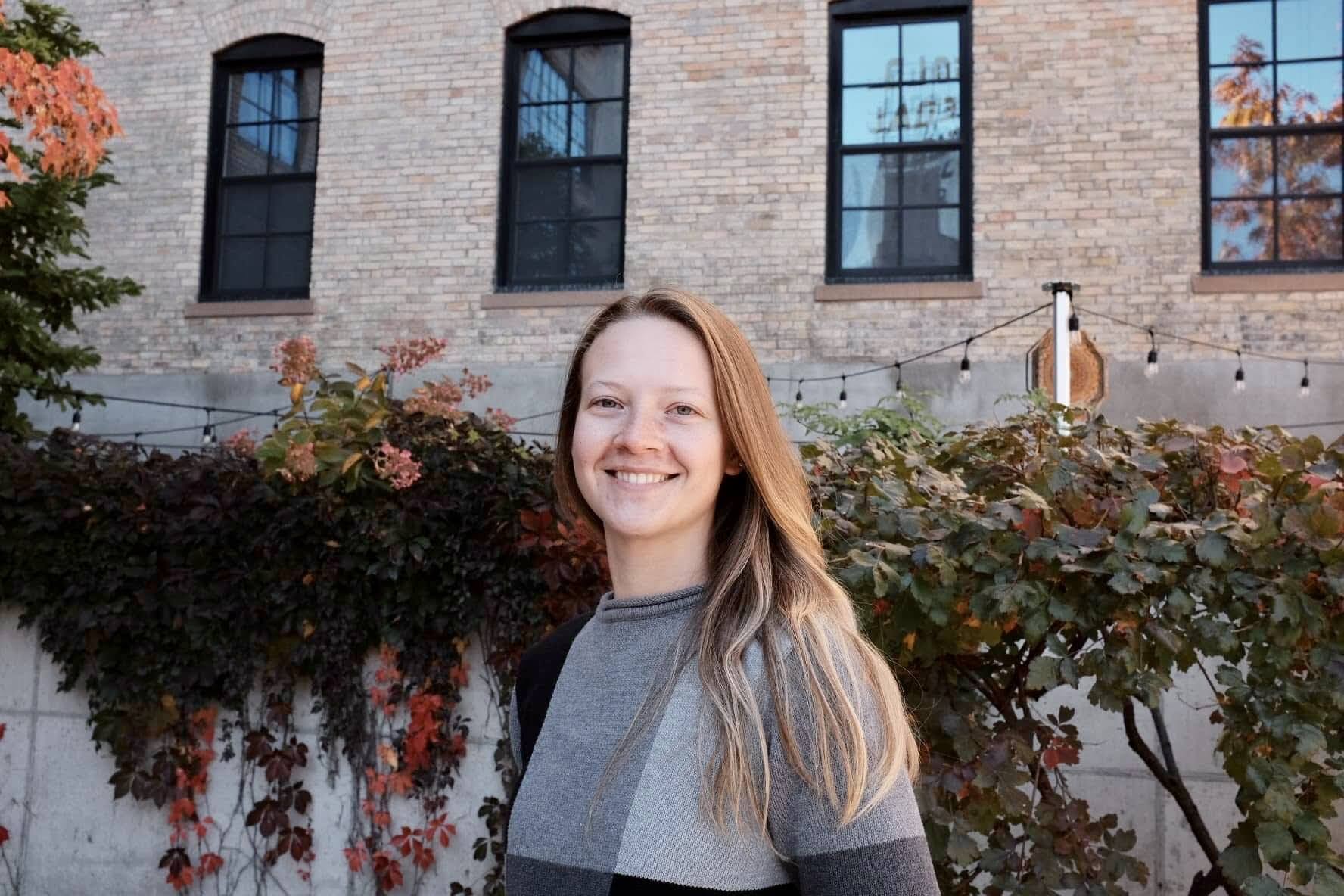
Eva Carlson is a co-founder and director of university relations at RoundtableRx, Minnesota’s medication repository. She helps coordinate volunteer efforts and operations at the state’s only medication repository program, which aims to reduce medication waste and improve access to life-saving medications. As a current doctor of pharmacy student at the University of Minnesota, Eva is interested in reducing medication pollution and promoting proper disposal.
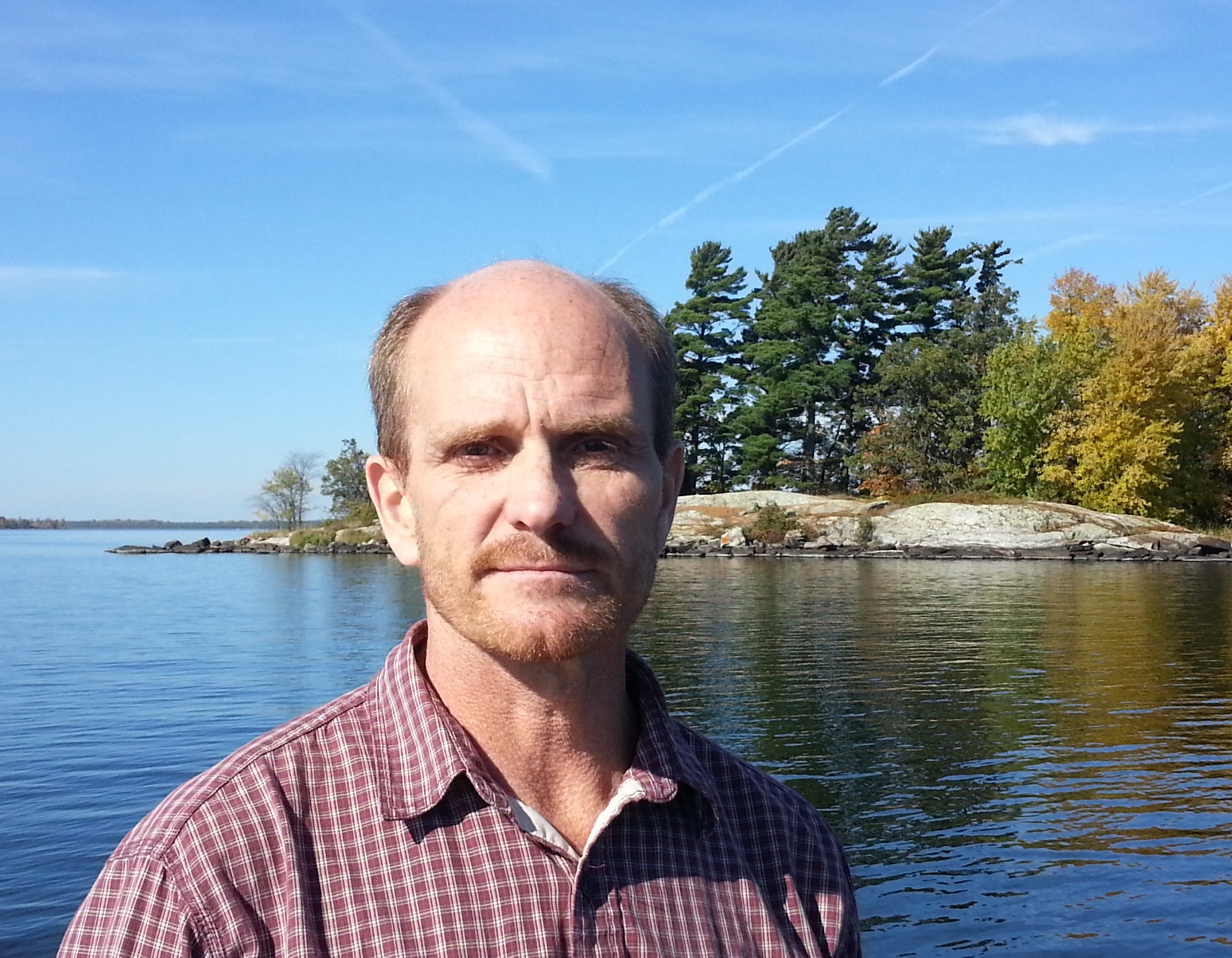
Mark Ferrey is an environmental scientist at the Minnesota Pollution Control Agency. Before coming to the MPCA, he studied nitrogen fixation in soybean at the University of Minnesota before turning to the biodegradation of pesticides and other contaminants in soil. His work on Superfund site cleanup in the 1990s focused on the fate and degradation of the industrial solvent TCE in ground water. He helped author state and national guidance on the evaluation of natural attenuation of contaminants as a component of ground water remediation efforts. Mark is currently studying pharmaceuticals and endocrine active chemicals in Minnesota’s lakes and rivers, with recent investigations focused on disinfection byproducts in our surface water. He has presented his work to the National Research Council and authored over 60 articles and book chapters. Mark has BS and MS degrees in microbiology and environmental science, both from the University of Minnesota.
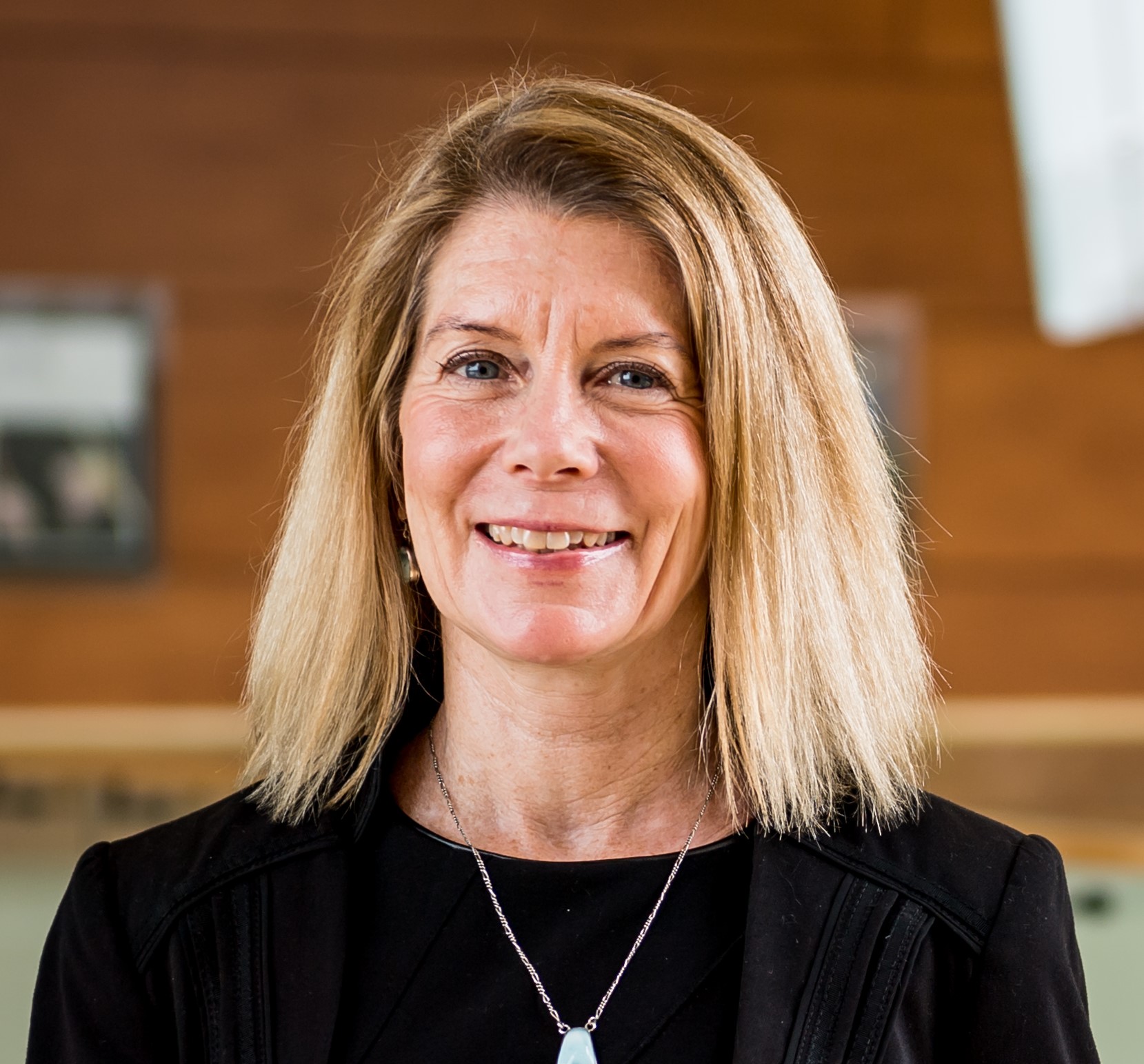
Dr. Valery Forbes is dean of the College of Biological Sciences at the University of Minnesota and Chair of the Freshwater Board of Directors. Previously, she served as director of the School of Biological Sciences at the University of Nebraska-Lincoln and spent more than two decades at Roskilde University in Denmark where she was founding head of the Department of Environmental, Social and Spatial Change. Valery's research extends across quantitative ecology and environmental management with particular focus on population ecology and modeling, fate and effects of toxic chemicals in aquatic systems, and ecological risk assessment. She received a doctorate in coastal oceanography and a master’s degree in marine environmental science from the State University of New York at Stony Brook. She serves on the editorial boards of several international journals and provides advice to a wide range of government and industry bodies.
Thank you sponsors

Corporate and individual sponsorships underwrite this speaker series making it free and open to the public. Sponsors receive generous recognition benefits and help improve water for Minnesotans. Contact Mary Salisbury at msalisbury@freshwater.org or 612-619-7136 to learn more.
Previous speakers
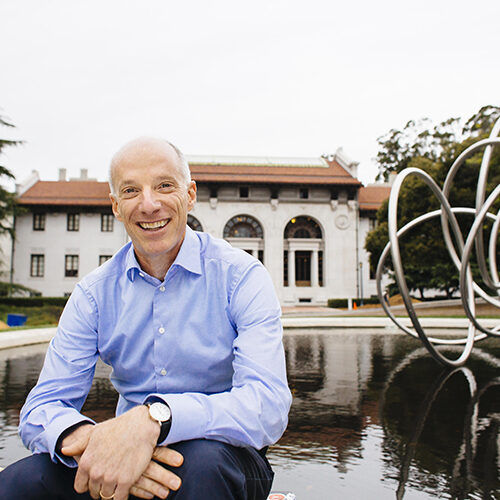
David Sedlak
Water for all: Three Paths to a Better Water Future
November 18, 2020
Communities across the globe face similar major water challenges including urban water supply in wealthy, middle-income, and poor countries, drinking water contamination, water for growing food, and water for the environment. Dr. Sedlak discusses the complex and sometimes contradictory messages about solutions to water security challenges that are often presented to the public. By looking at these challenges in the larger context of the major socio-economic changes in the world, we can better understand how water stress will grow in the coming decades.
Thanks to our sponsors:
Stantec
Consulate General of Canada

Robin Greenwald
Covering Cleanup Costs: Holding Coal Tar Product Manufacturers Accountable
May 13, 2020
Robin Greenwald, Esq., renowned environmental and consumer class action attorney, helped seven metro-area cities in their efforts hold the companies that refine coal tar sealants accountable for the cleanup costs of their stormwater ponds. Contaminants that wash off from pavement sealants ended up in the ponds, turning the sediment into hazardous waste. The burden to clean it up was either going to be on the taxpayer or the polluter.
Robin was joined by local experts Randy Neprash, Stormwater Regulatory Specialist, Stantec Consulting and Minnesota Cities Stormwater Coalition, and Dr. Matt Simcik, Associate Professor, UMN Department of Environmental Health Sciences, in a panel presentation and discussion moderated by Dr. Valery Forbes, Dean of the College of Biological Sciences.
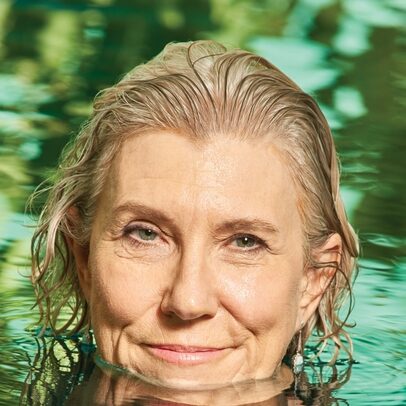
Joan Rose
LARGE LAKES AND MICROSCOPIC MONSTERS: TRACKING MICROBES IN THE GREAT LAKES
November 14, 2019
As one of the world’s foremost experts in microbiology and a well-respected scientific pioneer, Dr. Rose uses emerging science to significantly improve methods for protecting water and food supplies. She has dedicated her career to improving the planet’s water quality, and in turn public health. We heard how her team of “water detectives” analyzes and diagnoses contaminants in water to determine if they come from animals or people, and how these sources of pollution affect the Great Lakes. This lecture covered her work connecting human and animal sources of water pollution to the landscape.
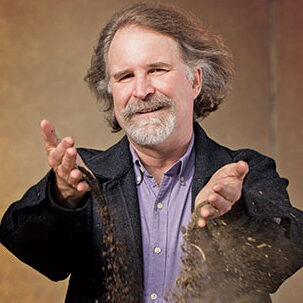
Dave Montgomery
GROWING A REVOLUTION
April 16, 2019
In Dr. Montgomery’s latest book, Growing a Revolution, he introduces us to farmers around the world at the heart of a soil health revolution and makes the case for an agriculture that is profitable while also helping feed us all, cool the planet, and restore life to the land.
Thanks to our sponsors:
Environmental Working Group
Minnesota Office of Soil Health
US Department of Agriculture
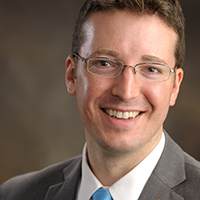
Jeremy Guest
RETURNING NUTRIENTS TO AGRICULTURE:
THE ROLE OF CITIES IN A CIRCULAR ECONOMY
November 27, 2018
The current approach to wastewater treatment, while effective at protecting public and environmental health, consumes 3% of U.S. electricity and still results in excess nutrients reaching aquatic environments. More broadly, it relies on technologies that are prohibitively expensive for developing communities in which 2.4 billion people lack access to improved sanitation.
Dr. Guest shared opportunities for innovation that advance the UN’s Sustainable Development Goals for sustainable cities, responsible consumption/production, and universal access to sanitation by 2030.
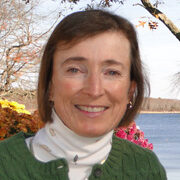
Jennifer Francis
THE ARCTIC MELTDOWN AND EXTREME WEATHER:
HOW ARE THEY CONNECTED?
May 9, 2018
Does it seem as though the weather is a little "different" lately? Minnesota's rainfall amounts and intensity have changed and that has implications for our storm sewers and floodplains. Dr. Francis explained new research that links increasing extreme weather events with the rapidly melting Arctic. Evidence suggests weather patterns are becoming more persistent, which can lead to extremes such as droughts, cold spells, heat waves, snowy winters, and flood events.
Thanks to our sponsors:
Barr Engineering
Consulate General of Canada
Shingle Creek West Mississippi Watershed Management Commissions
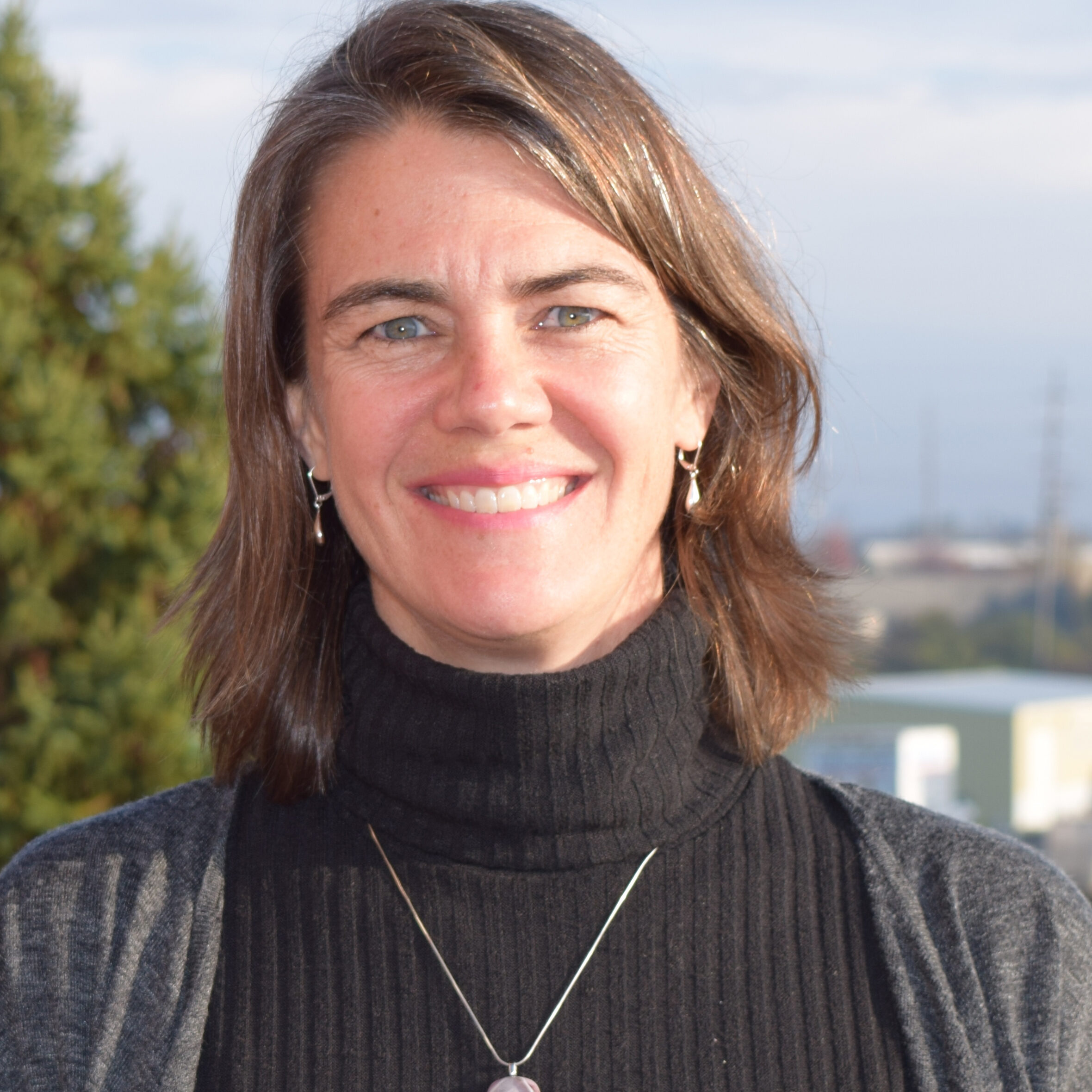
KATHY LAKE
THE LAKE EFFECT: PROTECTING WATER THROUGH INNOVATIVE COLLABORATION
November 14, 2017
The Yahara watershed, like many others, is threatened by excessive phosphorus from sources as such as agricultural runoff, urban stormwater, and wastewater treatment plant discharges. The elevated phosphorus levels are a threat to water quality and aquatic life throughout the area. Yahara WINS began in 2012 as a four-year pilot project to reduce phosphorus loads and meet more stringent water quality standards established by the Wisconsin Department of Natural Resources. This groundbreaking program employs watershed adaptive management, a strategy in which all sources of phosphorus pollution in an area work together to meet water quality goals. This strategy is more effective and less expensive than the sources working separately on individual solutions.
Thanks to our sponsors:
Metropolitan Council
Elm Creek Watershed Management Commission
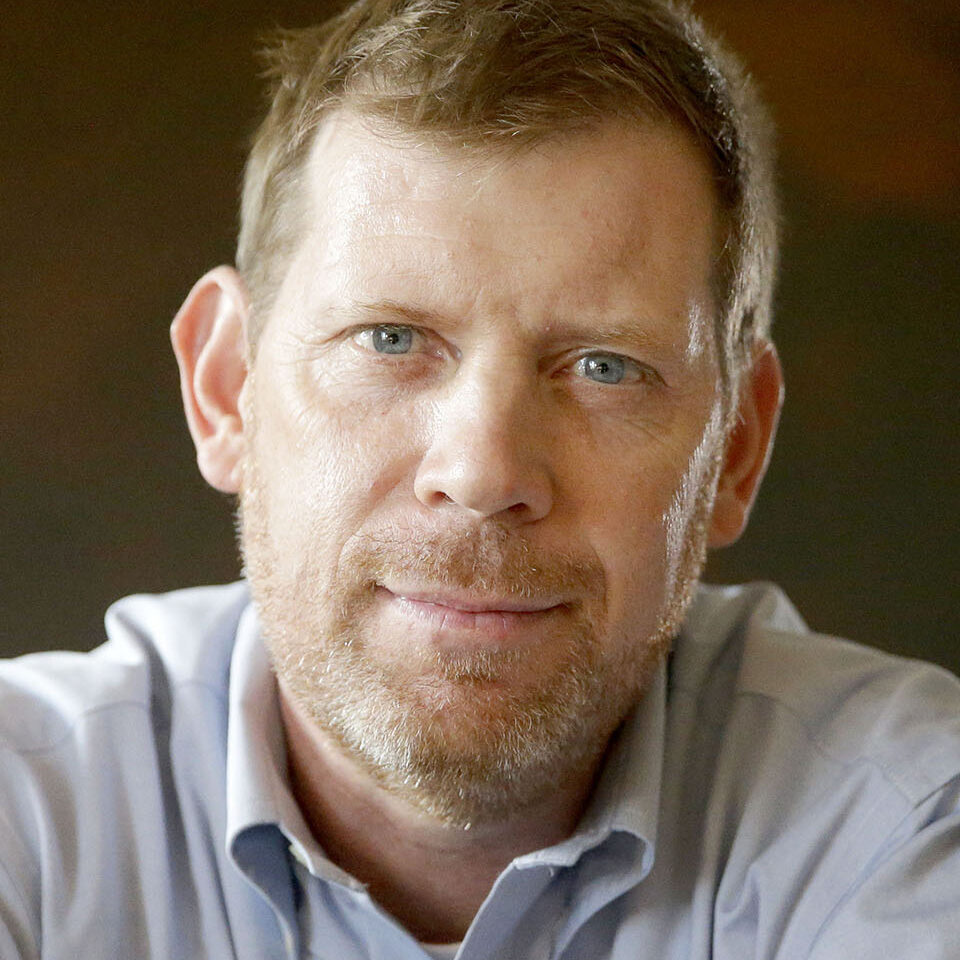
Dan Egan
THE DEATH AND LIFE OF THE GREAT LAKES
April 15 and May 24, 2017
The Great Lakes provide the largest source of fresh surface water in the world as well as food, work, and weekend fun for tens of millions of people. Yet they are under threat as never before, and it’s only getting worse. In a time when the federal government proposes eliminating funding for cleaning and protecting the Great Lakes, two-time Pulitzer Prize finalist Dan Egan has written an urgent and powerful wake-up call, and makes a clear and convincing case for how our problems can be fixed. In the grand tradition of Rachel Carson’s Silent Spring, Egan’s The Death and Life of the Great Lakes is a master reporter’s landmark work that takes readers through the science, politics, history, and economics of the lakes, revealing an ecological catastrophe happening right before our eyes.
Thanks to our sponsors:
Consulate General of Canada
Minnesota Board of Water & Soil Resources
Emmons Olivier Resources
The Nature Conservancy
UMD Large Lakes Observatory
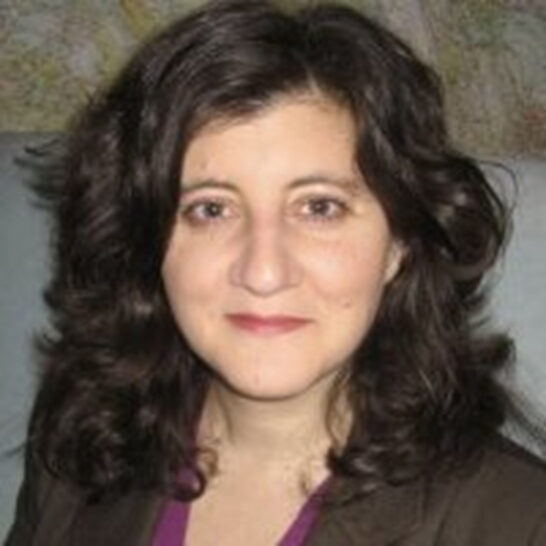
JANET ATTARIAN
DESIGNING FOR OUR FUTURE: SUSTAINABLE INFRASTRUCTURE AND THE TRIPLE BOTTOM LINE
November 15, 2016
Our urban communities are facing ever increasing pressure to find elegant solutions to the grand challenges we face – shifting economies, changing demographics, and impacts to our landscapes and natural systems – compounded by the added stress of a changing climate. Ms. Attarian talked about designing for our future by incorporating sustainable design into every street corner, and what that means to our community’s sense of place. She also shared stories and lessons learned from her own work with the cities of Chicago and Detroit.
Thanks to our sponsor:
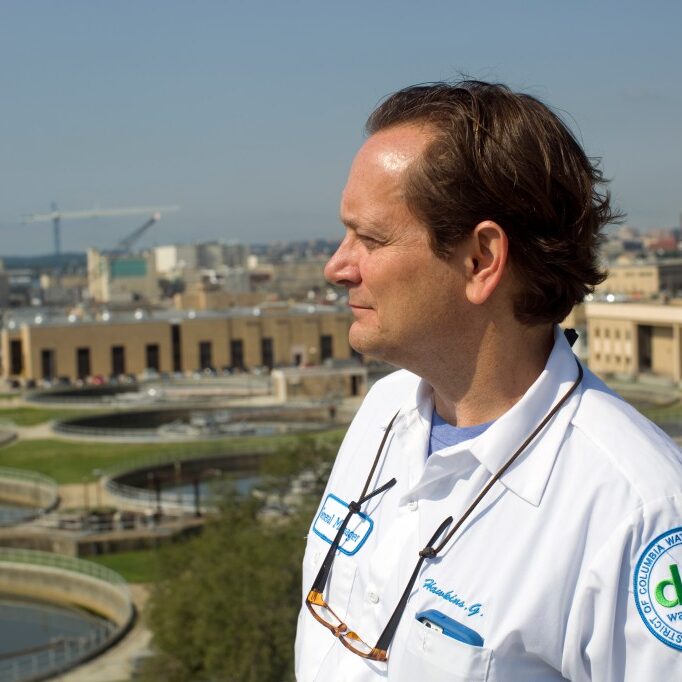
GEORGE HAWKINS
EVOLUTION TO CLEANER WATER AND GREENER WATER COMPANIES
April 13, 2016
George Hawkins, CEO and General Manager of the DC Water and Sewer Authority, discussed how our thinking about environmental protection has evolved and the implications for cities. DC Water operates one of the largest wastewater treatment plant in the world and has launched an ambitious and innovative program to improve aging infrastructure in the Washington DC region to comply with strict environmental requirements. A recently completed digester system is generating 10MW of electricity – enough for about 7,500 homes.
Thanks to our sponsor:
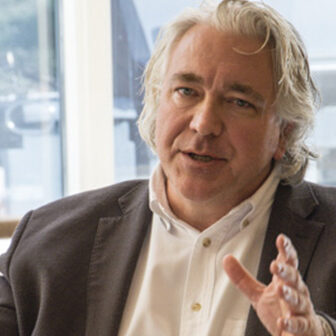
BILL STOWE
PROTECTING SURFACE WATERS IN AGRICULTURAL WATERSHEDS
November 3 and 4, 2015
Bill Stowe, CEO and General Manager of Des Moines Water Works spoke on the central Iowa utility’s mission to provide safe, affordable, and abundant drinking water to 500,000 customers and the challenges faced in an agricultural watershed. Iowa’s EPA-mandated Nutrient Reduction Strategy states that 92% of total nitrogen sources are currently not regulated; however, the strategy to reduce nutrient pollutants by 45% has no timelines, commitments to measurements and relies on voluntarism. Iowa’s capital city’s drinking water utility filed a federal complaint against three upstream counties in their capacities as trustees of 10 drainage districts, for the discharge of nitrate pollutants into the Raccoon River (the utility’s source water), and failure to obtain a National Pollutant Discharge Elimination System permit in violation of the Clean Water Act.
Thanks to our sponsors:
Capitol Region Watershed District
Consulate General of Canada
Wenck
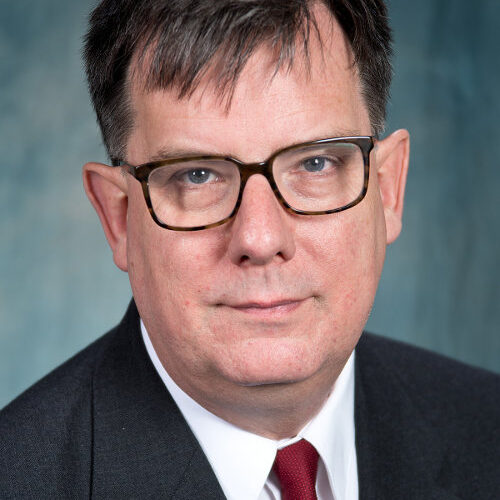
ROBERT STERNER
THE OUTSIZED ROLE OF EARTH’S LARGEST LAKES
April 30, 2015
Roughly two thirds of the planet’s available surface freshwater is contained in just twenty lakes. Scattered around the globe, and diverse in almost every measurable respect, these immense “dimples” in Earth’s surface have shaped human society and history. Their value continues to grow as freshwater scarcity increases. This talk will explore Earth’s largest lakes, some of which are in our backyard, from the standpoints of hydrology, biogeochemistry, biodiversity, and geopolitics, using these approaches ultimately to ask what role these twenty places play in our lives.
Thanks to our sponsor:
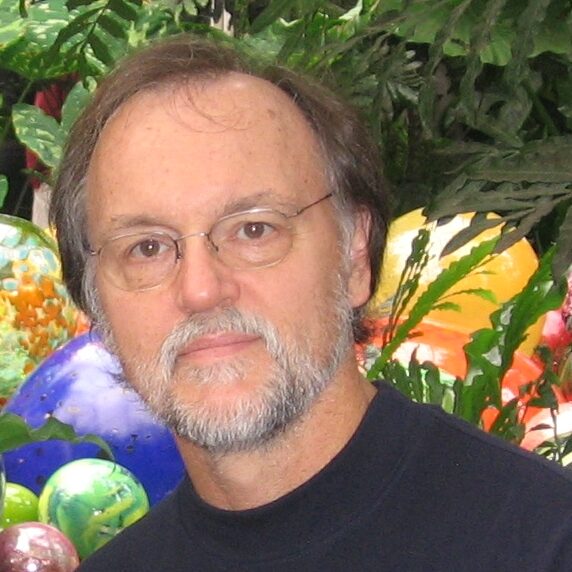
PETER WILCOCK
SEDIMENT, SCIENCE, AND STAKHOLDERS: CLEARING THE MUDDY WATERS OF THE MINNESOTA RIVER
January 20, 2015
The Minnesota River cuts a vast valley through southern Minnesota before merging with the Mississippi River. It crosses fertile lands– and transports volumes of sediment. The geologic history of the Minnesota River makes it a large source of sediment, and land use with climate changes have greatly increased this supply.
Thanks to our sponsor:

JAY FAMIGLIETTI
DWINDLING GROUNDWATER RESERVES AS SEEN FROM SPACE
September 18, 2014
Dr. Jay Famiglietti, a leading researcher at the Jet Propulsion Laboratory, uses NASA satellites to measure changes in the Earth’s stores of groundwater.
Thanks to our sponsors:
Capitol Region Watershed District
Barr Engineering
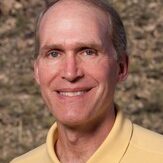
ROBERT JACKSON
FRACKING: WHAT WE KNOW AND DON’T KNOW ABOUT ITS IMPACTS ON WATER
January 30, 2014
Dr. Robert Jackson, an environmental scientist at Stanford and Duke universities, and his Duke colleagues research the impacts of fracking on drinking water.
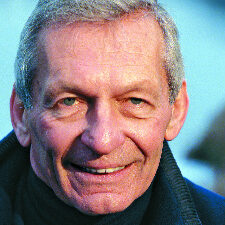
DAVID SCHINDLER
LETTING THE LIGHT IN: PROVIDING ENVIRONMENTAL SCIENCE TO DIRECT PUBLIC POLICY
November 5, 2013
Dr. Schindler, an emeritus professor at the University of Alberta, combined research and advocacy during a distinguished 45-year career. He speaks on the tension – often conflict – between science and public policy.
Thanks to our sponsor:
University of Alberta
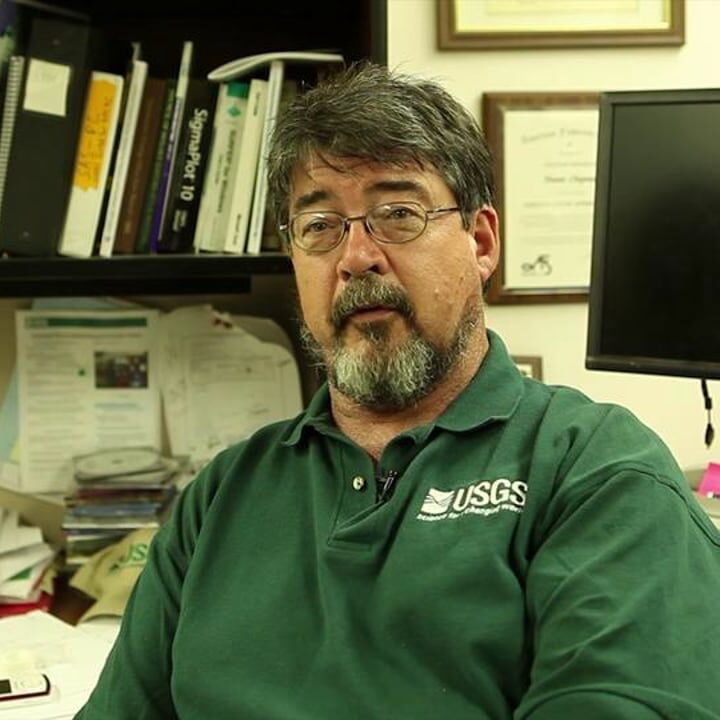
DUANE CHAPMAN
THE BIOLOGY AND MANAGEMENT OF ASIAN CARP: LESSONS FOR MINNESOTA
October 8, 2013
Duane Chapman is a national expert on the Asian carp species that pose the biggest threats to Minnesota lakes and rivers. Chapman was the science lead for the United States in a U.S.-Canadian assessment of the risk the Great Lakes face from the carp.
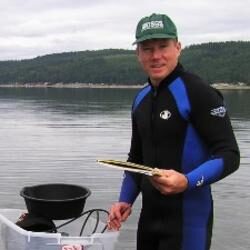
DON ROSENBERRY
Don Rosenberry, a U.S. Geological Survey hydrologist with Minnesota roots, discusses the physical, chemical and biological processes linking groundwater and surface water and their impact on humans in floods and droughts.

SANDRA POSTEL
WILL WE HAVE ENOUGH WATER? ADAPTING TO A WARMING WATER-STRESSED WORLD
February 12, 2013
Sandra Postel, National Geographic Fellow and founder of the Global Water Policy Project. She has written or co-written three books on water. Her Last Oasis: Facing Water Scarcity was published in eight languages and was the basis for a PBS documentary. She works with the National Geographic Society in a public campaign to restore the flow of the Colorado River. The Mosaic Company Foundation supported her lecture.
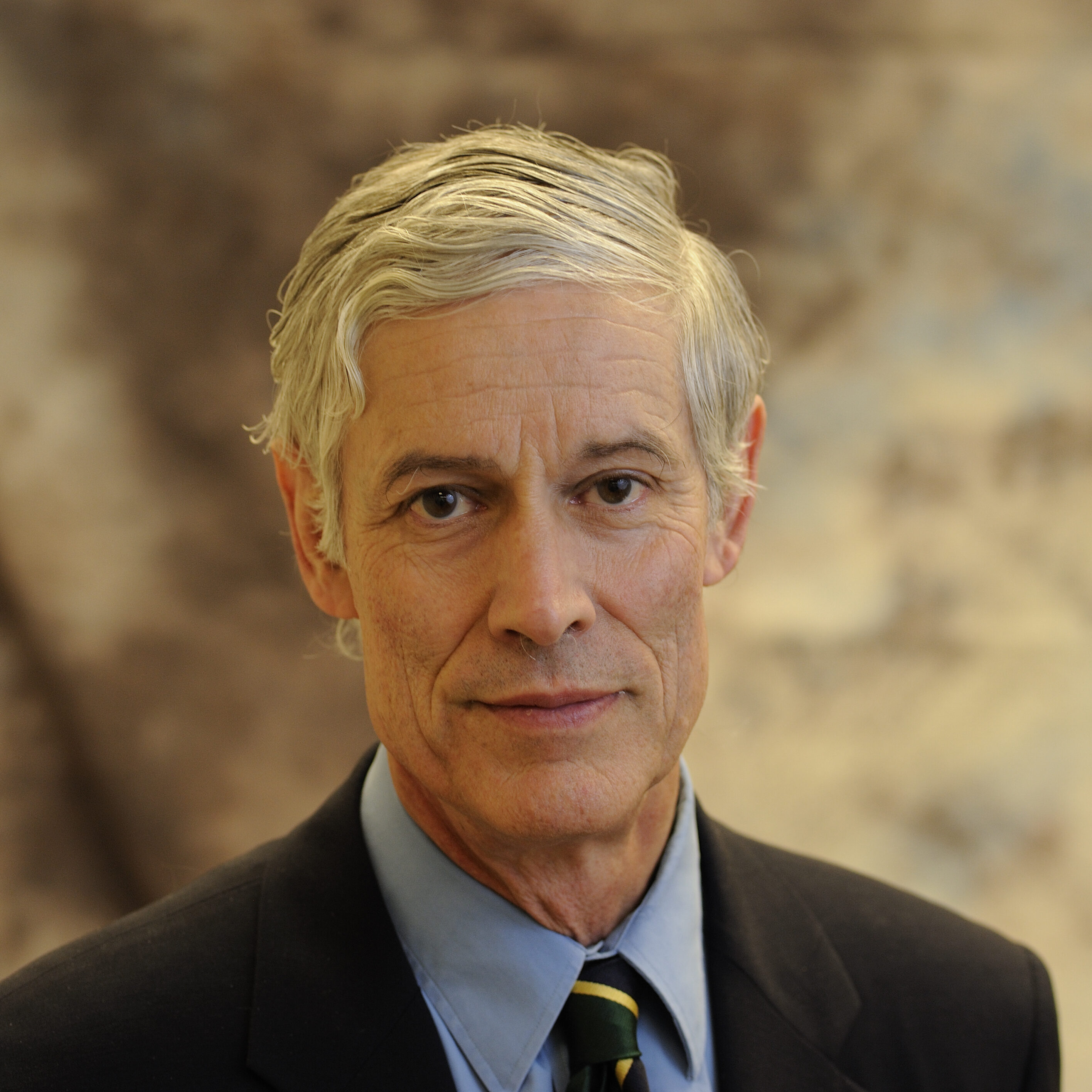
OTTO DOERING
EXCESS NITROGEN: A CONFOUNDING PROBLEM FOR ENERGY USE, FOOD PRODUCTION, THE WATER WE DRINK AND THE AIR WE BREATHE
October 4, 2012
Dr. Otto Doering, a Purdue University Professor who chaired a team of scientists that researched the problem of excess nitrogen for the U.S. Environmental Protection Agency’s Science Advisory board, delivered an intriguing lecture on nitrogen’s impact on the environment, surface and ground waters and human health.
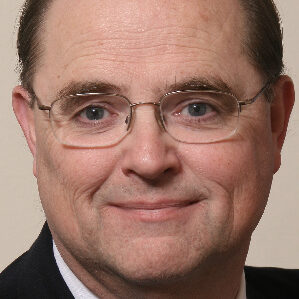
G. TRACY MEHAN III
THE CLEAN WATER ACT AFTER 40 YEARS: WHAT HAS IT ACCOMPLISHED? HOW DO WE FULFILL ITS PROMISE?
June 25, 2012
G. Tracy Mehan III, an environmental consultant who was the top water-quality official in the Environmental Protection Agency from 2001 to 2003, delivered a lecure on the Clean Water Act’s successes, work to be done and avenues to progress.
Thanks to our sponsor:
Cadmus
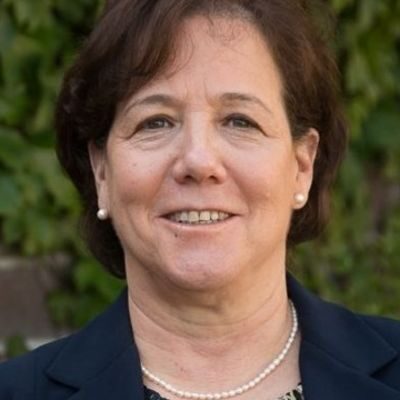
MINDY LUBBER
INVESTING IN SUSTAINABILITY: BUILDING WATER STEWARDSHIP INTO THE BOTTOM LINE
March 1, 2012
Mindy Lubber, an international leader in efforts by investors to lead and pressure multinational companies to adopt environmentally sustainable business practices, spoke on corporate sustainability and how capital markets can help achieve it. Lubber is president of Ceres, a coalition of investors, environmental organizations and public interest groups.
Thanks to our sponsor:
Ceres
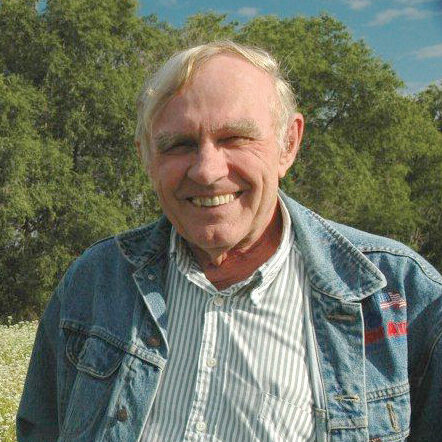
FRED KIRSCHENMANN
WATER AND THE CHALLENGES FACING U.S. AND WORLD AGRICULTURE IN THE 21st CENTURY
November 10, 2011
Dr. Fred Kirschenmann, distinguished fellow at Iowa State University’s Leopold Center for Sustainable Agriculture and a farmer, philosopher and national leader in the organic farming movement, lectured on water, agriculture and food.
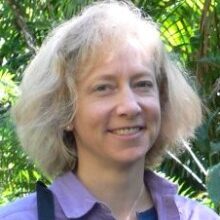
GRETCHEN DAILY
HARMONIZING PEOPLE AND NATURE: A NEW BUSINESS MODEL
June 13, 2011
Dr. Gretchen C. Daily, a Stanford University ecologist and co-founder of the Natural Capital Project, spoke on ecosystem valuation, a blend of ecology and economics that enlists both public policy and the marketplace to protect the environment.
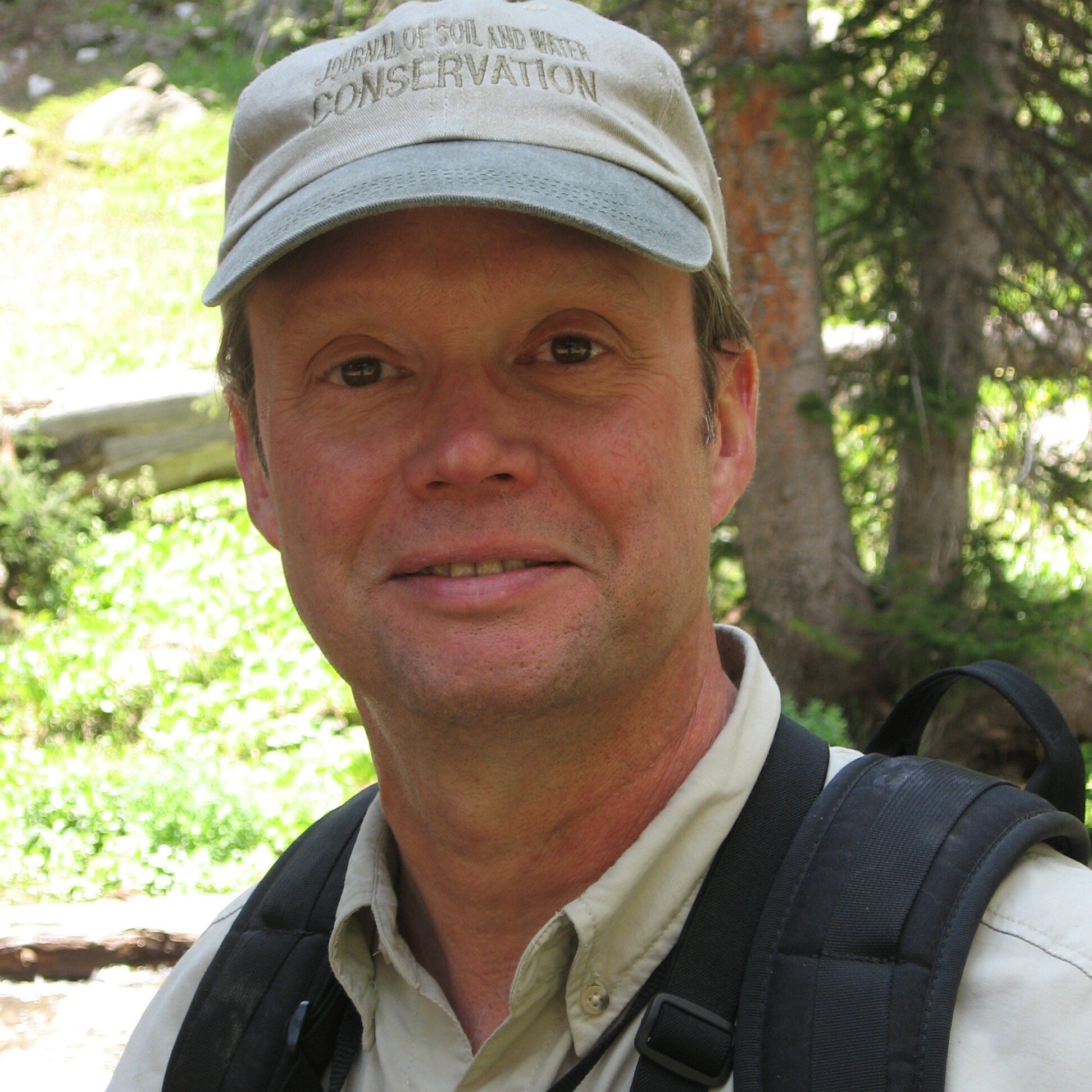
CRAIG COX
TAKING THE POLLUTION OUT OF AGRICULTURAL PRODUCTION
Feb 24, 2011
Craig A. Cox, senior vice president of the Environmental Working Group and a longtime advocate for soil and water conservation, lectured on agricultural practices and policies that can reduce erosion and runoff from farm fields.
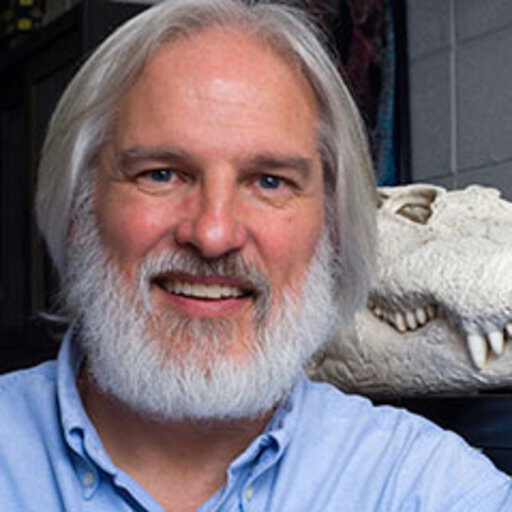
LOUIS GUILETTE
CONTAMINANTS, WATER, AND HEALTH: NEW LESSONS FROM WILDLIFE
Sept. 14, 2010
Dr. Louis Guillette, an internationally recognized reproductive biologist who has spent 25 years studying alligators and other wildlife living in polluted waters in Florida and around the world, lectured on a growing body of research that shows environmental contaminants are causing birth defects, both in animals and humans.
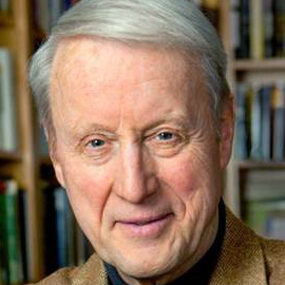
HEDRICK SMITH
RURAL AND URBAN POLLUTION
April 27, 2010
Hedrick Smith, the producer of the highly acclaimed PBS Frontline documentary “POISONED WATERS,” lectured on the pervasive pollution that still afflicts our waters, 40 years after the Clean Water Act. Smith, a Pulitzer Prize- and Emmy-winning reporter and producer, delivered a tough-minded report card on U.S. water policy.
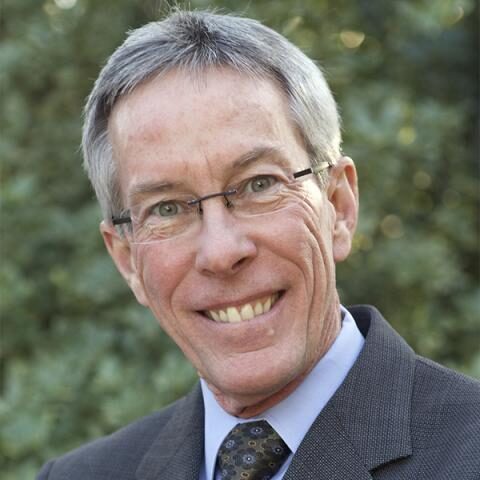
ROBERT GLENNON
UNQUENCHABLE: AMERICA’S WATER CRISIS AND WHAT TO DO ABOUT IT
February 22, 2010
Robert Glennon, Professor of Law and Public Policy in the Rogers College of Law at the University of Arizona and author of Water Follies and Unquenchable: America’s Water Crisis and What to Do About It, spoke on threats to the sustainability of our water supplies.

